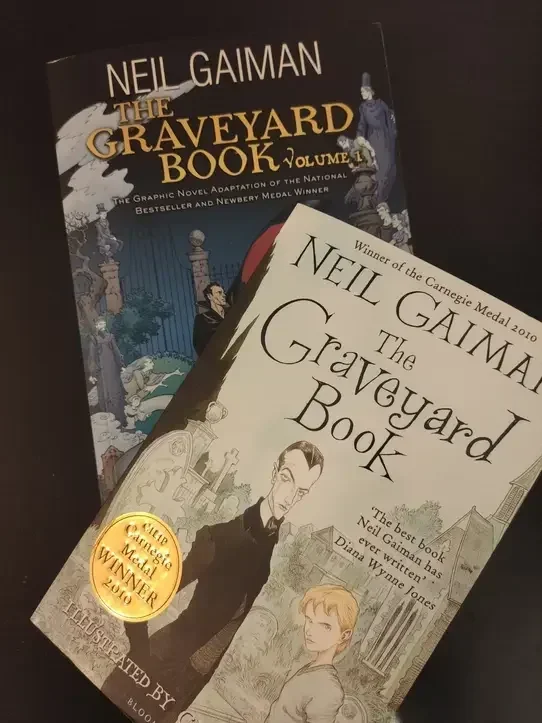
Using Supports for Whole Class Novels
by Rebecca
Real literature connects us, and there is nothing I love more than sharing a good novel with a classroom or zoom room community. There is so much joy and learning that happens when we can dig into a novel set in a different country, or time period, or that has difficult problems to solve, and we can all talk about the characters and the problems together. We spend so much time differentiating, and grouping, and tailoring education to individual needs, but sometimes, it is so nice – and necessary – to have a collective experience. One book that we all come together to read.
So how do we make sure that everyone in the room can read the same novel? Universal Design for learning tells us that everybody should be able to make a path into the learning, even if it’s not all the same path. I use several different supports to make sure we’re all on the same page.
Graphic Novels Graphic Novels have a bit of a bad reputation in some quarters , but this is one of my favourite discoveries of the last few years. More and more novels are getting a Graphic Novel accompanying book. They are beautiful works of both literature and art in their own right, and when they are made to accompany a traditional style novel, can make that novel accessible to everyone. I love teaching the traditional novel and the graphic novel side by side. I have seen some students who are new to English only read the graphic novel; I have seen students who cut some of their workload down by reading a few chapters in the graphic novel and a few in the traditional novel; and I have seen students who have both novels open on the desk at the same time, using the graphic novel to make sure that they have understood the traditional one. Kids love the beauty of the graphic novel, and I love the comparisons we can make between the two mediums. Every year, I find a few more novels that have the accompanying graphic novels, and use them whenever I can.
Audiobooks A lot of kids think that listening to an audiobook is ‘cheating’, but this is a great way to help a difficult novel along. I do a lot of reading myself with audiobook, taking advantage of long commutes in the car! Audiobooks can reduce stress and workload, regardless of the reason reading a traditional novel is difficult. For a busy student, using only the audio book makes it easy to use pockets of time like bus rides or walks to get reading in. For slow readers, using the audiobook at the same time as reading can speed the process up – if the audiobook takes 20 minutes to finish the chapter, so do you! For students new to English, listening to the audio book while reading helps with pronunciation, leading to better listening and speaking skills at the same time as practicing reading. For students who struggle to decode, and find that they spend so much effort on each word that they have no idea what the chapter was about, audiobooks can let them focus on the story. For students with dyslexia or other challenges that are barriers to reading longer stories and novels, audiobooks are a great alternative. For so many reasons, audiobooks are an amazing support, and they are becoming more and more easily accessible.
Abridged Versions Again, many students might consider this ‘cheating’ but I disagree. I often have classes that are very diverse in reading or English levels, for many reasons. Many novels have an abridged version of the story that has the same characters, problems, and discussion points, but with less language to get through. Students who read an abridged version are still practicing and improving their reading skills, where they are, and are able to join the same discussion and activities as the students who read the traditional novel. Being included in the novel study experience, instead of excluded to work on something else, will motivate students, and working with the other students will help to pull up their English or reading levels faster. I used to only be able to find abridged versions of classic novels, but every year I find a few more novels that have this accompaniment, and I add them to my toolbox.
With these three supports, all of my students can participate in our novel studies, and experience literature as a collective activity. I love being able to bring everyone together to talk our way through our latest book, in either our book club or our novel study classes.
Let me know in the comments if you’ve found other supports helpful!